Here are crops of the upper right corner of the images from the preceding post.
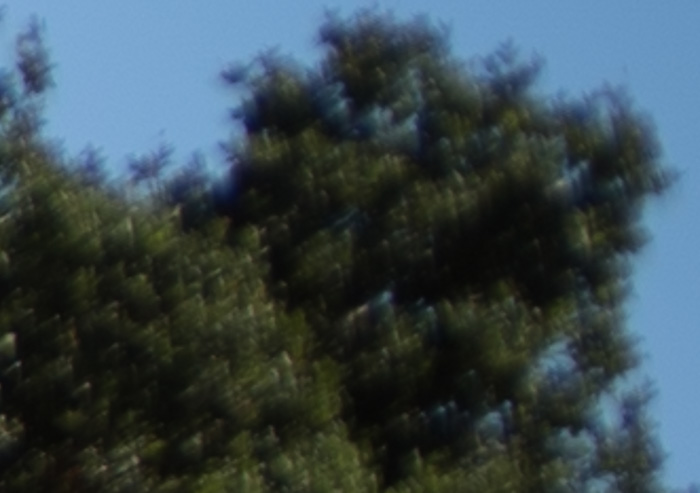

Both are darkened by the corner falloff — usual for f/1.4 lenses used wide open. It’s clear that there is something seriously wrong with the Summilux on this camera.
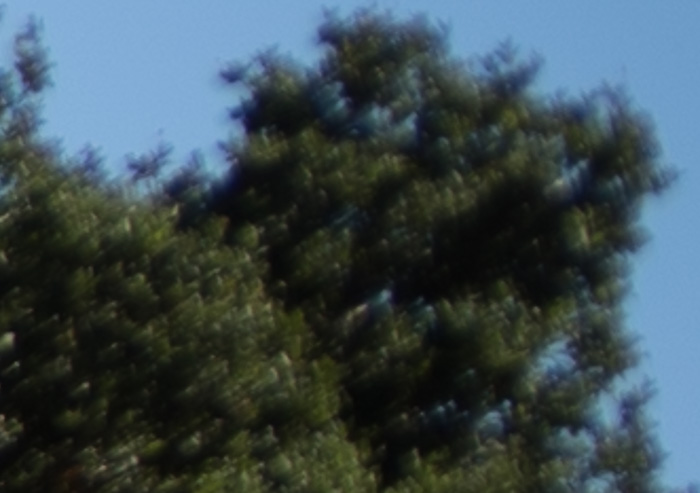

Getting better, but the Leica lens still has serious problems at f/2. Or, shall I say, the camera has serious problems getting the best out of this lens at f/2.


Still problems with the Leica lens.

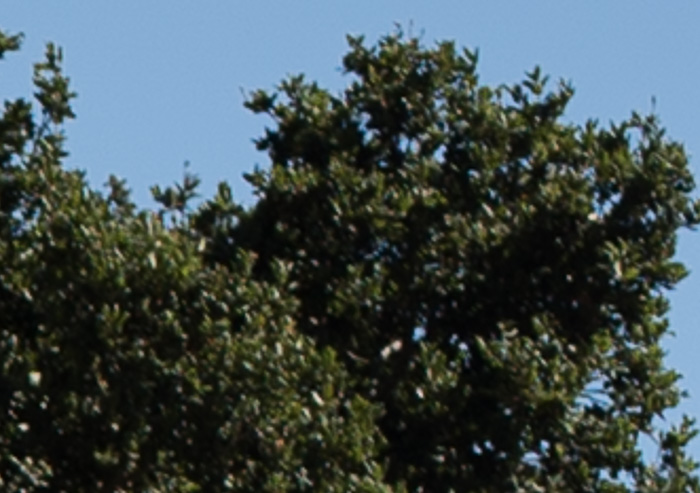
The Leica is almost as good as the Otus at f/4.
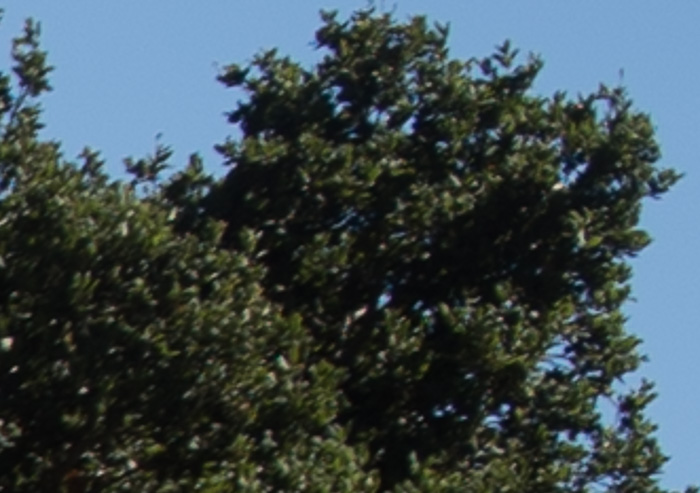
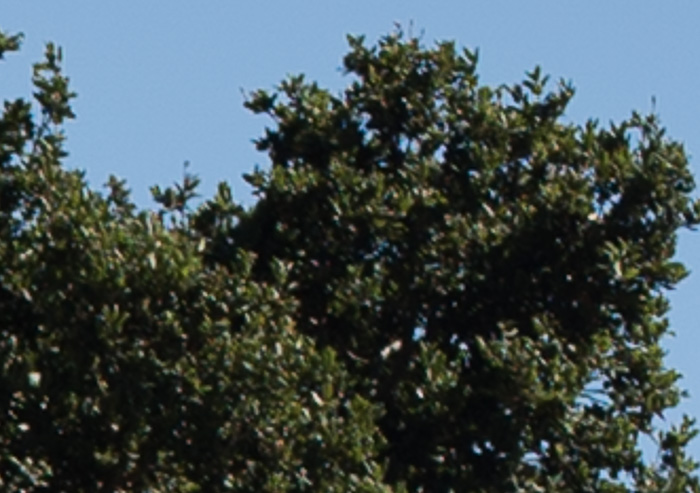
The Leica lens is pretty sharp at f/5.6, but doesn’t have the contrast of the Zeiss lens. That’s not the camera; that’s the nature of the two lenses.
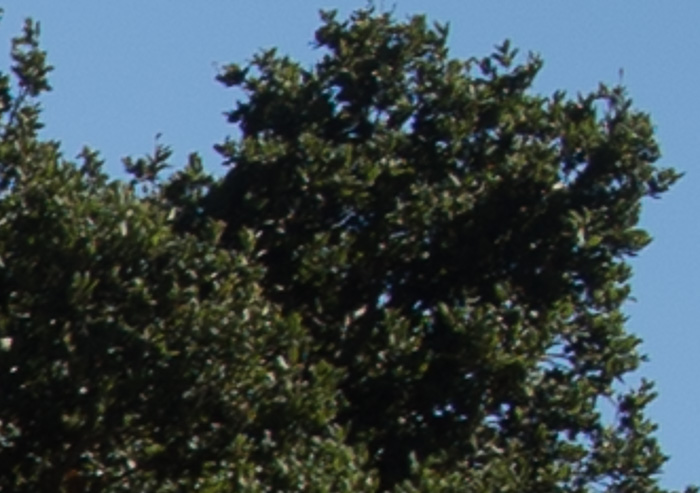
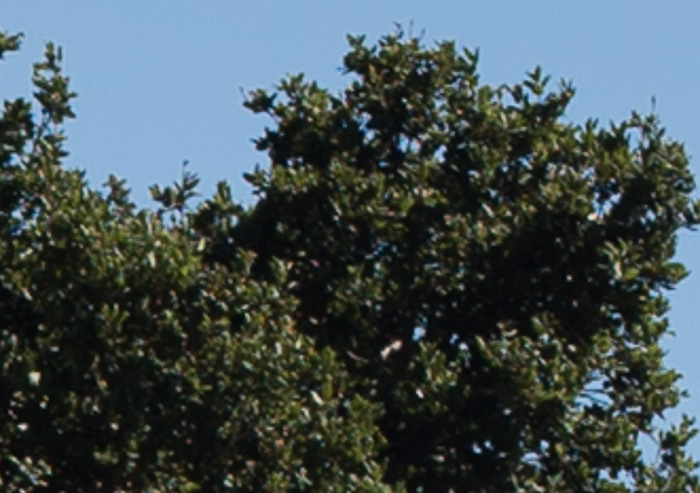
Both are pretty sharp. Zeiss is more contrasty.


Both are pretty sharp. Zeiss is more contrasty. Just like f/8.
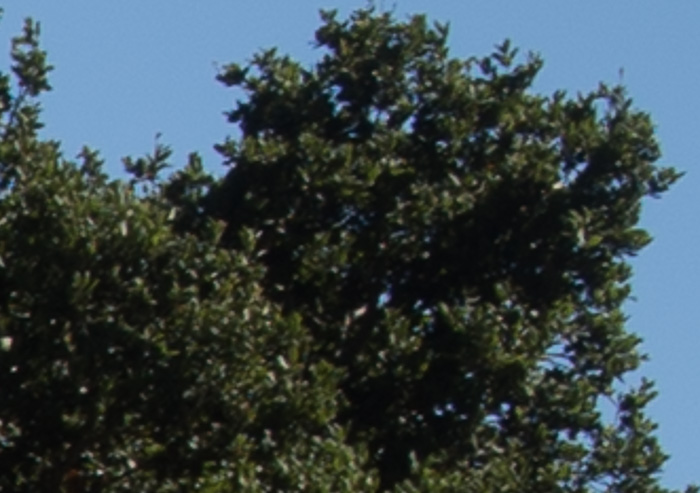
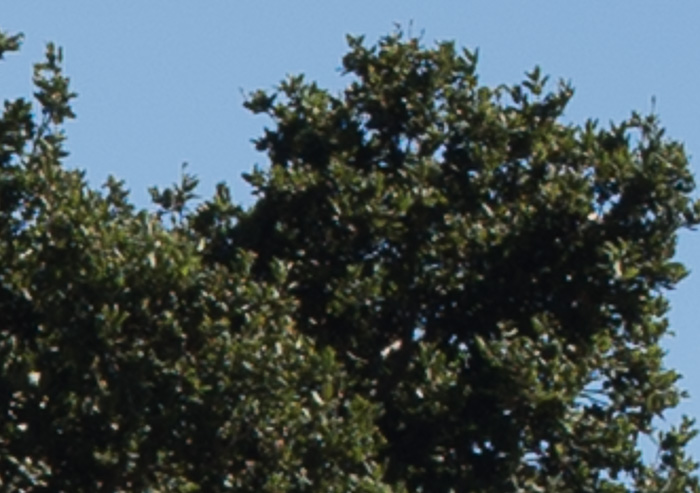
Diffraction is softening both images, but the Zeiss lens retains its contrast edge.
Leave a Reply